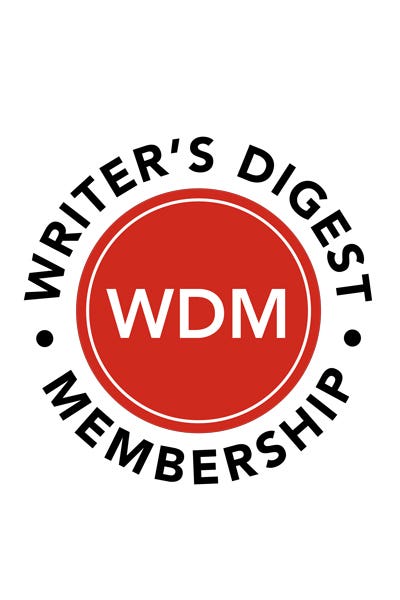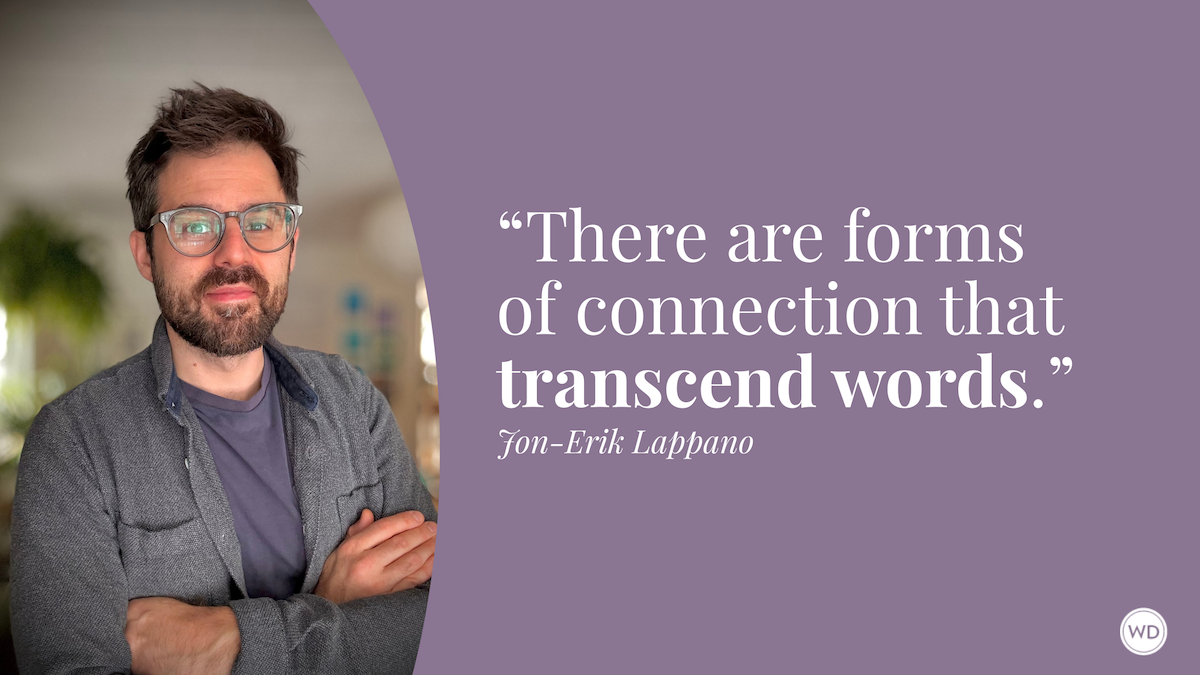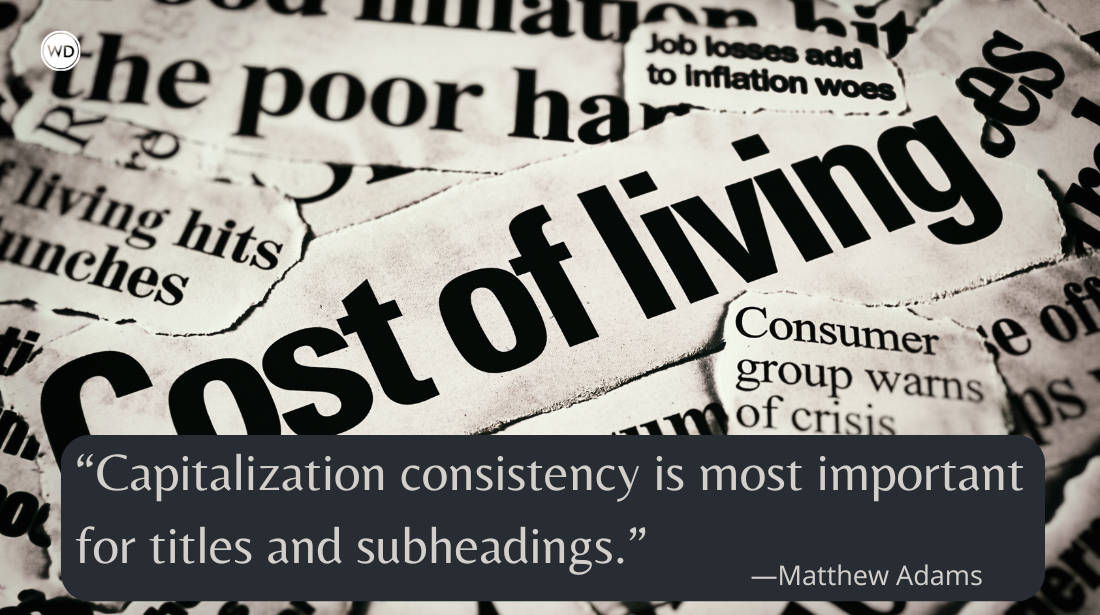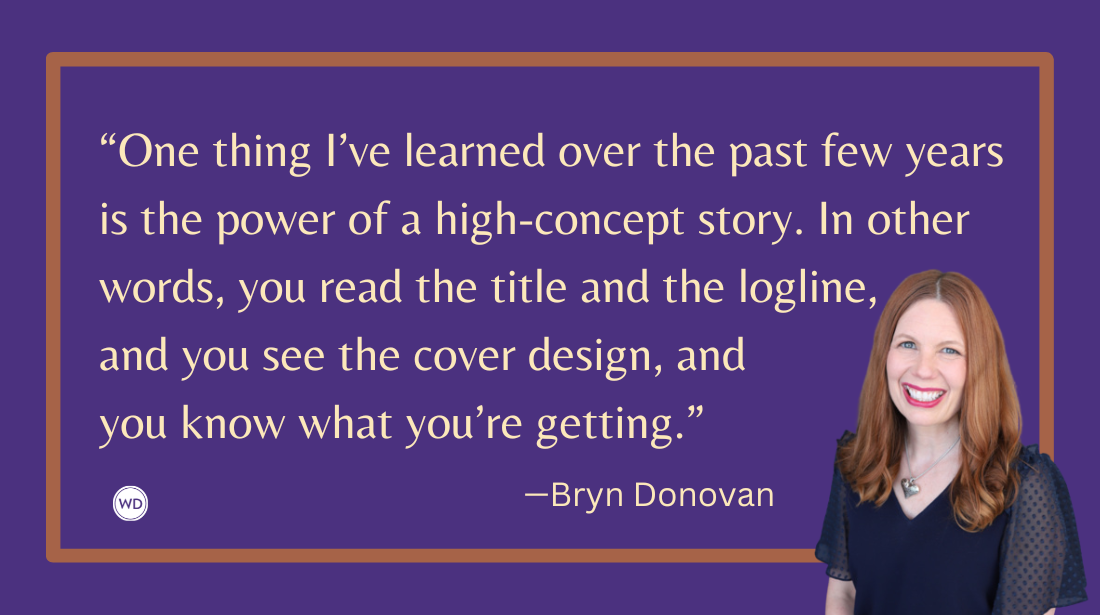The Challenges of Balancing Character With Plot
Author Mike Maden shares his thoughts on balancing character with plot (and plot twist, it’s all about character in the end).
Years ago, I read a quote attributed to Ernest Hemingway who supposedly once remarked that “Every time I begin a new novel I have to learn how to write all over again.” I read that slice of wisdom before I had ever written a single word of fiction and, frankly, thought it was a bunch of hoo-ha. How could the great American novelist not remember how to write a novel?
Well, fast-forward a few decades and I found myself staring down my fourth Oregon Files novel, Quantum Dawn, and scratching my head and asking myself, “How do I do this?” Not only had I already written three prior Oregon Files novels, but eight others before it including four Tom Clancy novels. And since I’m in full confessional mode, I will admit that every time I have ever sat down to begin any novel, from first to last, I face the same terrifying question: How in the world can I sustain an entertaining story for 100,000 words?
And then always, in the midst of my trembling, sweat-drenched anxiety, the Muse mercifully whispers in my ear the single word that unlocks the hallowed mystery: Characters.
There are untold numbers of theories about how stories work and every writer must decide which one works best for them. For me? A story is never about plot. In fact, plot is the last thing I worry about. A plot is merely the sequence of actions and decisions taken by characters. Great characters with powerful motivations will make the bold and unexpected choices that result in a dope-slapping plot.
Put another way, a plot for me isn’t a road map to guide my characters, or worse, some kind of schematic where I try to screw in characters to fit some predetermined outcome. Rather, plot is merely the record of startling character choices.
Too many new writers put the plot horse before the character cart. (Hopefully they don’t fall back on awkward metaphors.) Plot doesn’t drive story—characters do. Here’s a huge mistake. Don’t ask yourself how you can make a better plot. Instead, build better characters.
The advantage to letting characters take charge of your plot is that they will also solve the innumerable plot problems that invariably infest any story as it progresses. With the exception of mechanical glitches like time travel conundrums, conflicting calendar dates, and the like, the way to solve virtually any plot problem is to simply ask the question, “What would my character do in this situation?”[1] Put another way, the problem isn’t that you don’t know what to do next; the problem is that you don’t know what your character would do next.
That means, of course, you’ve really got to know your character. One of the best ways to get to the heart of my Cussler characters—heroes and villains alike—is to know for certain what it is that my characters fear the most in all the world. That deepest, heart-rending fear tells you everything about their primal sense of themselves and their place in the world, and how far they’re willing to go to do whatever it takes to avoid that catastrophic outcome. Is that enough to build an entire character on? Nope. But if you don’t know the answer to that question, you really don’t know your character well enough.
In the case of Juan Cabrillo, his worst fear is failure. He would rather die than fail to complete his mission. That’s why we see him strain every sinew, drain every last drop of energy, and race to the very edge of breathless catastrophe in his relentless desire to defeat his opponents and win the day.
However, if you really can’t figure out what your character would do in the hazardous situation they find themselves in, you can always ask yourself, “What wouldn’t my character do?” Like the great sculptor Michelangelo once said—and I paraphrase egregiously—sometimes you can only find the iconic statue David by cutting away the chunks of marble that aren’t the David.
In Cabrillo’s case, the one thing he would never do is put the lives of his crew at risk without first taking on the risk himself if at all possible.
So what do these two poles of passion tell me about Cabrillo? They tell me that Juan Cabrillo is self-sacrificial. He’ll lay down his life for his country and his friends. It’s one thing to be brave; it’s altogether something more virtuous to be brave on behalf of others. This insight adds a moral and thematic element to my character that helps guide my storytelling, novel after novel. It also transforms Cabrillo from a cartoon action-hero cutout to a genuinely empathetic character. That’s the kind of character readers eagerly invest themselves in and keeps them coming back to the series, book after book.
So let’s go back to that first blank page I was staring at as I began to think about Quantum Tempest. The Muse-whispered word "Characters" flutters across my trembling heart and suddenly I take courage. Why? Isn’t creating a great and original character as difficult as anything else in writing? Absolutely! Well, unless you’re lucky enough to be me. I’m a franchise writer, and I write for the Oregon Files series. If you’re not familiar with it, suffice it to say that Clive Cussler is the originator of not just one but FIVE bestselling franchises that have sold tens of millions of books worldwide. And Clive created several incredibly interesting and original characters for the Oregon Files.
If you’re not familiar with series, the primary protagonist is Juan Cabrillo, a former CIA agent who left the Company and formed his own mercenary outfit comprised of former Navy SEALS, Army Rangers, combat pilots and the like. But Cabrillo’s best idea was to convert a beat up, rusted out, scrapyard lumber hauler into the world’s most advanced intelligence-gathering and combat vessel. What better platform to transport your merry band of mercs around the globe without suspicion than on a freighter that appears to be half sunk, flies an Iranian flag, and carries cargoes that reek of animal effluvia or chemical waste? Of course, all of that rust and stink are merely camouflage. Below decks, the Oregon sports a Cray supercomputer and hides a host of high-tech weapons. Think of the Oregon Files as the intersection between the classic 60s TV series Mission Impossible and Star Trek.
That’s a heck of a digression but I think you can easily see the power of Clive’s character set up that he bequeathed to all of his co-authors and, thankfully, to me. It’s a big and fabulous toy store to play in. But it’s not quite enough to build a story, is it? What is this merry band of special operator pranksters actually going to do in Quantum Tempest? I’m so glad you asked….
Check out Mike Maden's Clive Cussler Quantum Tempest here:
(WD uses affiliate links)
All story is about conflict. Leaving aside the fascinating subject of conflict, suffice it to say that in a techno-thriller adventure like Quantum Tempest, I needed villains that not only matched but exceeded the resources of Juan and his crew. Wait, “exceeded?” Yup. There isn’t much of a conflict if the bad guys can be easily swept aside by the good guys. Heck, I don’t even think the villains and heroes should be evenly matched. I think the most dramatic contests are the David and Goliath stories, don’t you? How about the 300 Spartans at Thermopylae? Or my absolute favorite, Kurosawa’s brilliant film, The Seven Samurai.
So…BIG villains are the first order of business. Now what? Briefly, I recommend very few “how-to” books on writing but John Truby’s The Anatomy of Story has been very useful to me. One of the tricks of the trade he shared was a device he called the “character web.” In a nutshell, one villain is never enough—so how about three? Sounds like a lot of conflict—maybe like a John Wayne bar room brawl. It could be that, but there’s something even better waiting in the wings.
Truby suggests putting the three “villains” (usually teams of ‘em in my experience) against the hero but then also put them in opposition to each other. Now you’ve got a series of reveals, reversals, and betrayals to play with. Better yet, you’ve got a story that’s begging for multiple points of view which keeps the careful reader interested and engaged page after page.
I deployed the character web with vigor in Quantum Tempest. Among the several antagonists I designed, one of my all-time favorites from any novel are the Guardians. This is a shadowy group of “terrorists” which, of course, can be a tired and clichéd trope if not handled well. In Quantum Tempest, the Guardians aren’t your garden variety thugs in black masks sporting RPGs and bad haircuts. Instead, the Guardians are a collective of brilliant scientists worldwide whose greatest fear is the extinction of humanity which they believe will happen if Artificial General Intelligence is ever realized which is exactly what three other villainous actors are trying to acquire. The Guardians’ motivations are humanistic and altruistic. Their method, however, is murder.
Finally, for all of you aspiring legacy writers out there, be prepared for a real challenge. In novels and in life, familiarity often breeds contempt. My Quantum Tempest readers have been following Juan and company for 19 novels. They want their beloved “familiar” characters (and heaven help you if you don’t bring them) but they don’t want them presented in exactly the same way. In other words, they want “exactly the same, only different.” How do you square that circle? My solution is backstories. I take a deep dive into character histories of my own invention. Not only does this become a fresh and exciting new territory for story generation, it also deepens and improves my own knowledge of these well-known and beloved characters which then translates to “uniquely familiar” storytelling.
So now you’ve caught a glimpse into how I think about character and plot. Hopefully you’re willing to at least consider my proposition that the balance between character and plot should be completely imbalanced in favor of the heroes and villains that drive our stories. I also hope you’ll give Quantum Tempest a run and let me know if I’ve lived up to my imperious claim.
[1] Sidebar: This is where my white board and “mind-mapping” skills come into play. If you’re not familiar with mind-mapping, Google it. For me, mind-mapping maximizes creativity within a structured activity. It habitually saves my bacon from the outline phase all the way to the epilogue.
Mike Maden grew up working in the canneries, feed mills, and slaughterhouses of California’s San Joaquin Valley. A lifelong fascination with history and warfare drove him to a Ph.D. in political science focused on conflict and technology in international relations. He was in grad school when he happened upon Tom Clancy’s magnificent, The Hunt for Red October. Not surprisingly, his first foray into fiction was a four-book techno-thriller series centered around drone warfare. After that series ended, he received the thrilling but wholly unexpected invitation to join the Tom Clancy franchise. It was an amazing experience. Now he's been given the incredible privilege to write for The Oregon Files, the iconic series brought to life by the legendary Clive Cussler. With the help of his terrific writing partners Craig Dirgo, Jack Du Brul, and Boyd Morrison, Clive built the series into an international bestselling franchise with some of the greatest characters and memorable moments in the genre.









